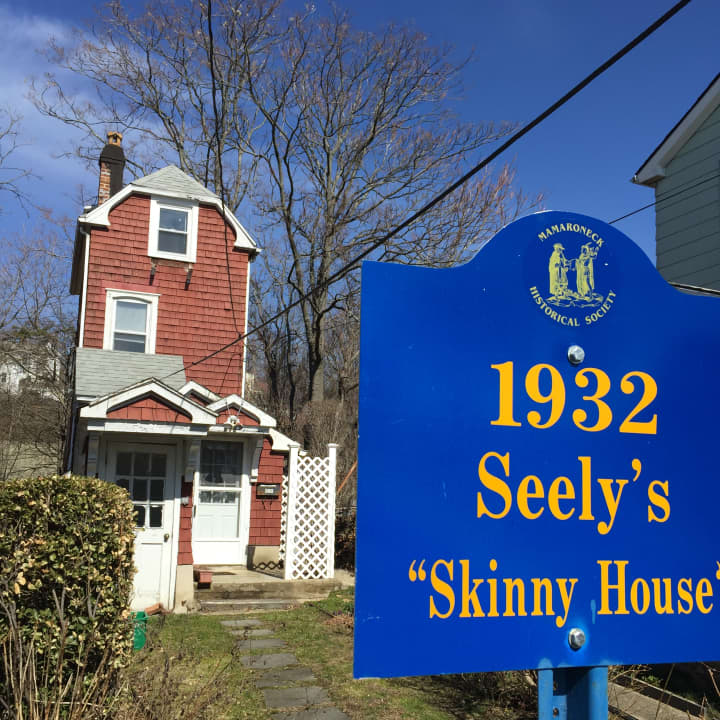Sure, it's interesting architecturally -- it measures only 10 feet wide and sits on a 12 ½ foot wide parcel of land -- but for the two women who are descendants of the men behind its history, one in Mamaroneck, and one in Northern Virginia, it's a family story rich in history.
"The focus has always been on the architectural details of the house," said Julie Seely, the granddaughter of Nathan Seely, the home's original owner who remembers playing on the narrow stairs as a child. But for this Virginia resident who maintains the home's website, the "Skinny House" is an important part of how African-Americans lived in the mid-1920s.
For those who don't know the story or read the recent New York Times article about the hopes to get national historic status -- something Seely has been working on since 2010 -- the house was built in 1932 by Nathan T. Seely, a carpenter. He and his brother Willard had a successful home-building business that catered to the waves of black Southerners moving north.
The Great Depression, however, changed everything when the Seelys went bankrupt. That's when an Italian immigrant named Panfilo Santangelo whose granddaughter Nancy Picarello still lives next door gave Nathan Seely the small strip of land for him to build on. (Ironically, this was a piece of land Seely had sold earlier to Santangelo.)
That was 1931 and the two families have been entwined ever since: Julie Seely for preserving the legacy and Picarello, who, with her mother, Ida, has, ever since the Seely's sold the home in 1968, kept it in shape, renting it out to tenants.
It wasn't until the latest renter moved out two years ago that Picarello and Ida Santangelo, who also lives on Grand Street, realized termites had eaten through the kitchen. "We were thinking of doing a renovation when we noticed," said Picarello.
For now, the house sits awaiting its fate though Picarello said there are still plenty of passers-by who stop her in her yard looking for more information.
Seely would like to see the conversation shifted beyond the bones of the home to the story of blacks in Westchester. Her screenplay about the home was short-listed at the New York Gotham Screen International Film Festival and she's working on a book.
"This home was built out of love," she said. "It's the story of my grandfather's legacy and his courage and it's a story I hope to continue to share with the public."
Click here to follow Daily Voice Mamaroneck and receive free news updates.


